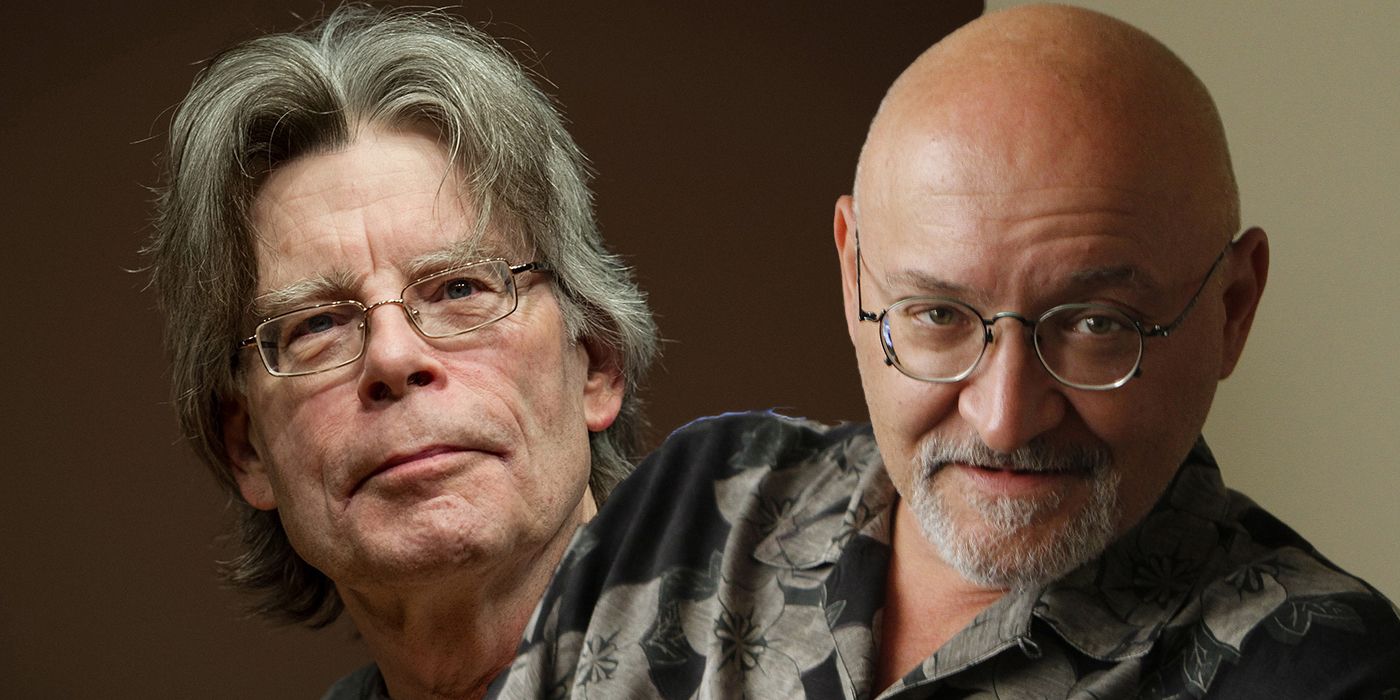The Mist ending explained that the Lovecraftian monsters in that world were enough to make anyone lose their mind. Released as part of the Skeleton Crew short story collection, The Mist remains one of Stephen King’s most beloved works that doesn’t serve as a full-length novel. In 2007, Frank Darabont adapted The Mist into a feature film, and King devotees generally liked it. Darabont’s realization of King’s otherworldly tentacled beasts was generally seen as good, as was The Mist‘s overall atmosphere and casting. The one aspect that bothered some viewers, though, was The Mist ending, which is, in one respect, suitably dark and disturbing for a horror movie, but was not what many wanted to see.
The Mist‘s ending is one of the most controversial in recent cinema history. Years after The Mist‘s theatrical release, Darabont’s adaptation is still one that’s worth watching, even if there is a chance not everyone will like the ending. There are several layers to the conclusion, which begs a closer look at how the story panned out. The Mist sees David Drayton, his son Billy, and assorted other Bridgton, Maine townsfolk become trapped inside their local grocery store by the coming of the titular weather condition and its accompanying monsters. Unfortunately, what first seems like a place of sanctuary quickly goes sour, spurring on The Mist ending.
Why David’s Group Left The Grocery Store
The grocery store in The Mist, much like the mall in George Romero’s classic Dawn of the Dead, at first, seems like a great place to try and ride out what one hopes might be a temporary catastrophe. The place is stocked full of enough food and drink to keep everyone fed and hydrated for a lengthy period, and it is large enough to offer those taking shelter there a modicum of personal space. When effectively trapped anywhere, people tend to go a little stir crazy, and that’s no different in The Mist‘s ending.
Local religious zealot, Mrs. Carmody, manages to amass a cult and convince her followers that human sacrifice is the only way to end their nightmare, which is arguably even creepier in The Mist‘s black and white version. She eventually sets her sights on Billy, but David and his group are able to prevent his death thanks to gun-toting store assistant manager Ollie, killing Carmody instead. At that point, it became clear that staying at the grocery store was no longer an option, leading David and his group to embark outward.
The Mist’s Monsters Explained
David Drayton and his group have left the grocery store, putting themselves in danger of the monsters residing in The Mist. Most of them manage to escape to David’s truck and drive away, but that’s a temporary reprieve from the horror as The Mist‘s ending draws on. Neither Stephen King’s Mist book nor Darabont’s Mist movie explicitly explains what causes the arrival of the mist or its monsters. Granted, they heavily imply it is related to a secret military experiment called Project Arrowhead.
In Darabont’s original Mist script, Project Arrowhead’s responsibility for causing the titular Mist is confirmed by a deleted prologue scene, which shows a lightning strike caused by a power surge that rendered the dimensional gate uncontrollable. The denizens of that hellish dimension are then free to cross over, leading to the nightmare Bridgton finds itself in. This scene was ultimately never shot.
Why David Shot His Friends & Son In The Mist’s Ending
After finding David’s wife dead back at their home, David and his group continue driving until they run out of gas. Then, in a very brief scene, David and the other adults wordlessly agree to end their own lives. David shoots his friends and then his son but does not have another bullet for himself. While this might seem like a sudden decision made without proper consideration, it is more understandable in the full context of The Mist ending, which is almost even nastier.
The monsters in the mist have been shown to do all kinds of horrifying things to anyone they capture, including dismemberment, maiming, and even consumption. Being eaten alive is arguably the worst way imaginable to die, and when faced with either becoming a meal or taking a bullet, David and his group choose the latter.
The Mist’s Ending Weirdly Proved Mrs. Carmody Right
After shooting his son and friends, David thinks he’s done the right thing and is now prepared to die at the monsters’ teeth and tentacles. That’s when the military swoops in as the mist begins to recede, with the monsters being beaten back. David is left a crying mess, wishing he had waited. However, the darkest interpretation of The Mist‘s ending suggests that the mist receding would not have happened if David had not done what he did and that Mrs. Carmody was right all along.
Carmody repeatedly claims that the mist is a punishment from God and that it could be abated by performing human sacrifices. The last sacrifice Carmody demands is Billy, so the fact that the mist recedes mere moments after Billy’s death is a terrifying implication that Carmody was actually right. That is up for debate, but it puts an entirely new perspective on The Mist ending.
How The Mist Movie Ending Is Different From Stephen King’s Book
The Mist movie is actually a pretty faithful adaptation of King’s original Mist novella, up until the ending. Instead of running out of gas, David and his group stop for the night to rest, and while searching through radio frequencies, David thinks he hears a message about safety possibly lying in Hartford. It’s an entirely unresolved conclusion and quite unlike what Darabont chose to do onscreen. That said, it does at least offer The Mist a happier ending after a story full of darkness and despair. For what it is worth, King himself loves Darabont’s The Mist ending and wishes he had written it.
Why The Mist Ending Is So Controversial
While Stephen King loves Frank Darabont’s highly controversial The Mist ending, a large percentage of the moviegoing audience hates it. David and company’s sudden decision to end their own lives was deemed out of character by many, especially after how hard they had fought previously to protect each other. Many viewers also found the military’s arrival so soon after David shot every one to be overly contrived and convenient, and also possibly a case of trolling the audience by director Darabont, a frequent King collaborator. Detractors of The Mist‘s ending accuse it of being dark and grim just for the sake of it and not because it makes sense for the story.
The Mist Ending Shows Why The Movie Succeeds Where The TV Adaptation Failed
The Mist ending worked because the subtext of the movie and the book was that, despite the interdimensional horrors in the mist itself, the real danger was panicking people and how they reacted to the situation. This has been the theme of many horror narratives, including many seasons of The Walking Dead (which director Frank Darabont was showrunner for in season 1). Even David isn’t immune to succumbing to fear in The Mist, and the ending is so poignant because he makes a split-second decision out of fear that ruins his life. The 2017 The Mist series on Spike TV, which was canceled after its first season.
The series of The Mist instead spent far too long trying to speculate on the mystery of the monsters, which are themselves only scary because they’re a complete but dangerous unknown, much like most Lovecraftian entities. They are a mystery that didn’t need to be resolved, and the movie of The Mist understood this. Ultimately, characters like Mrs. Carmody are far more terrifying than any faceless tentacle monster could ever hope to be, as are the consequences of such inexplicable upheaval to normality on which The Mist movie ending perfectly capitalized. Perhaps if the series of The Mist had taken a similar character-driver approach, it would have enjoyed more longevity.
Frank Darabont Refused To Change The Ending
Frank Darabont made some concessions when he directed The Mist. He wanted to release the movie in black and white and the studio rejected this. The movie ended up being released in theaters in color, but Darabont did get the privilege of releasing his black-and-white version on home video. However, there is one area that Darabont refused to compromise. That aspect was The Mist ending. Not only that, but Darabont wanted Stephen King’s blessing on The Mist ending before he signed on to make the movie.
Darabont and King had a long relationship, as the director was one of King’s first Dollar Baby Filmmakers. When King agreed on The Mist ending, Darabont took on the task. When the studio tried to interfere and lighten up the end, Darabont refused and would not change his mind. Even when they offered to double his budget, Darabont still said no and stuck to his darker ending. The studio eventually convinced him to create alternate endings, and one was even worse with the final scene, focusing on Billy’s face and then cutting to black with the gunshot. In the end, Darabont got his The Mist ending and that is what makes the movie so memorable today.

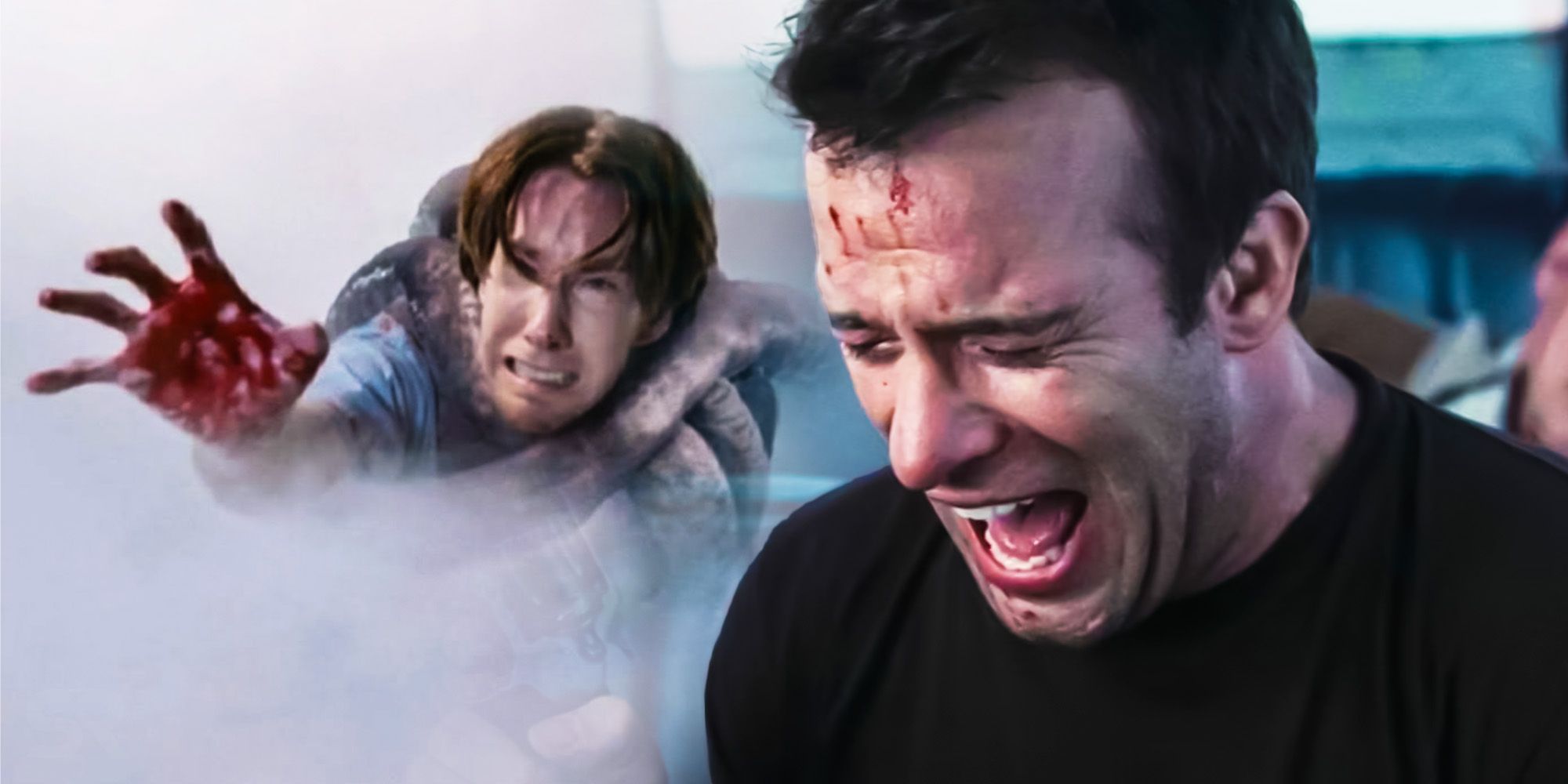
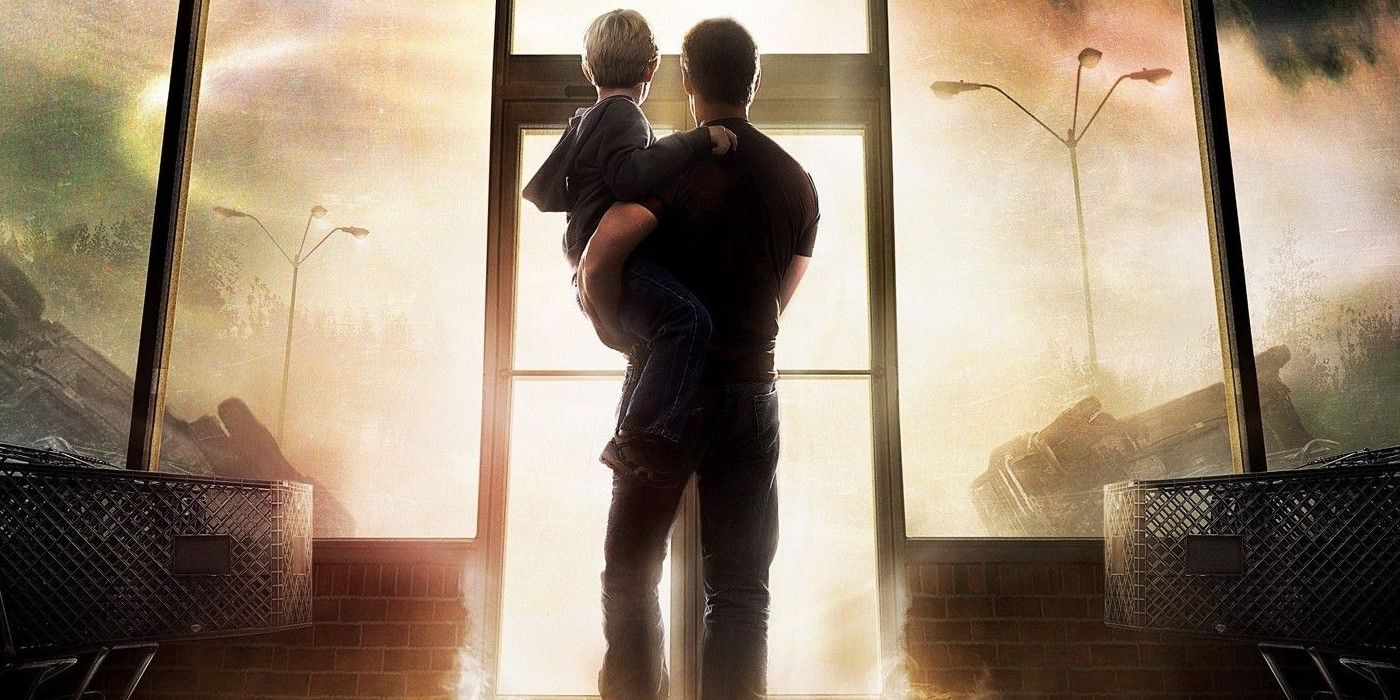
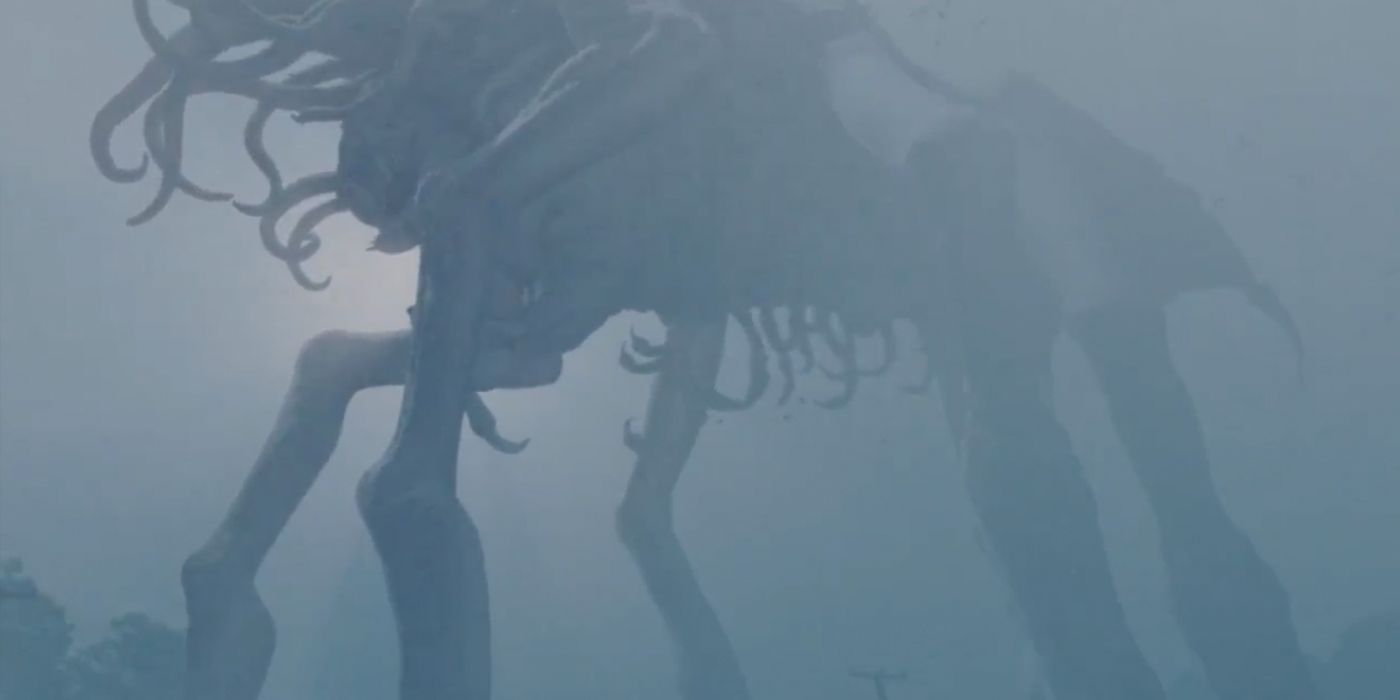
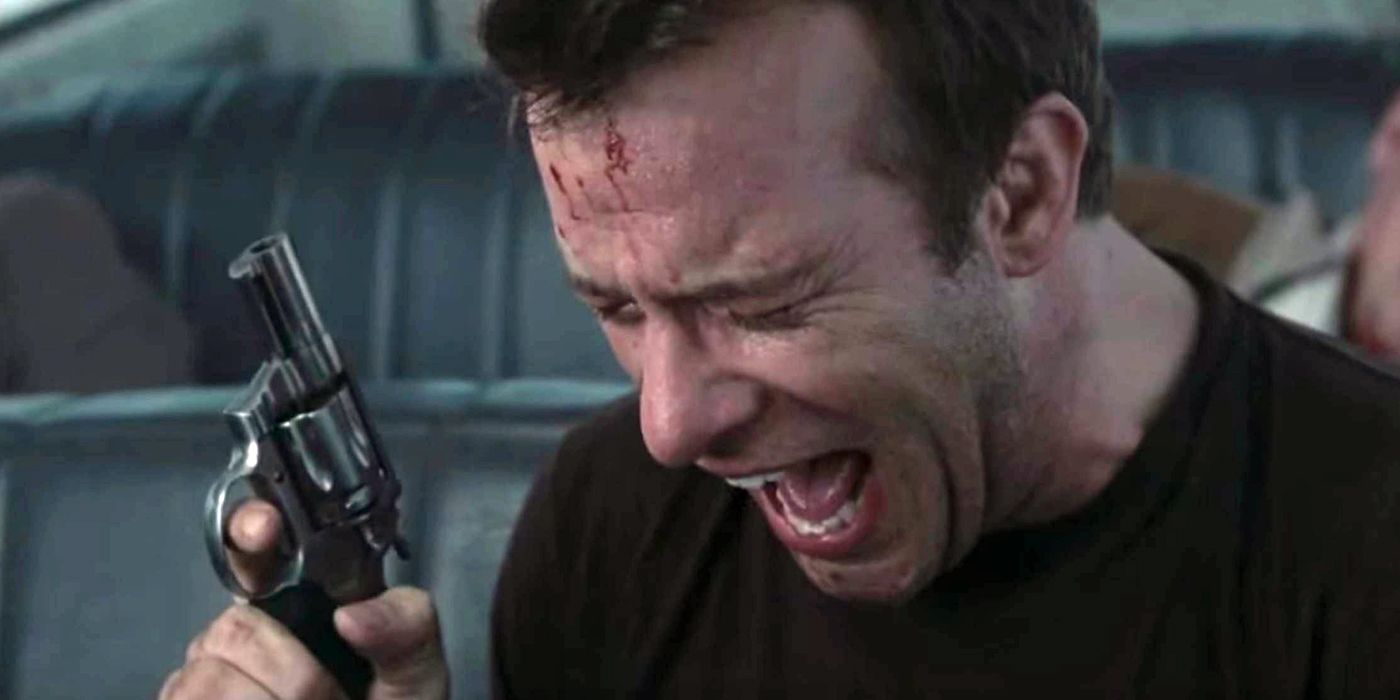
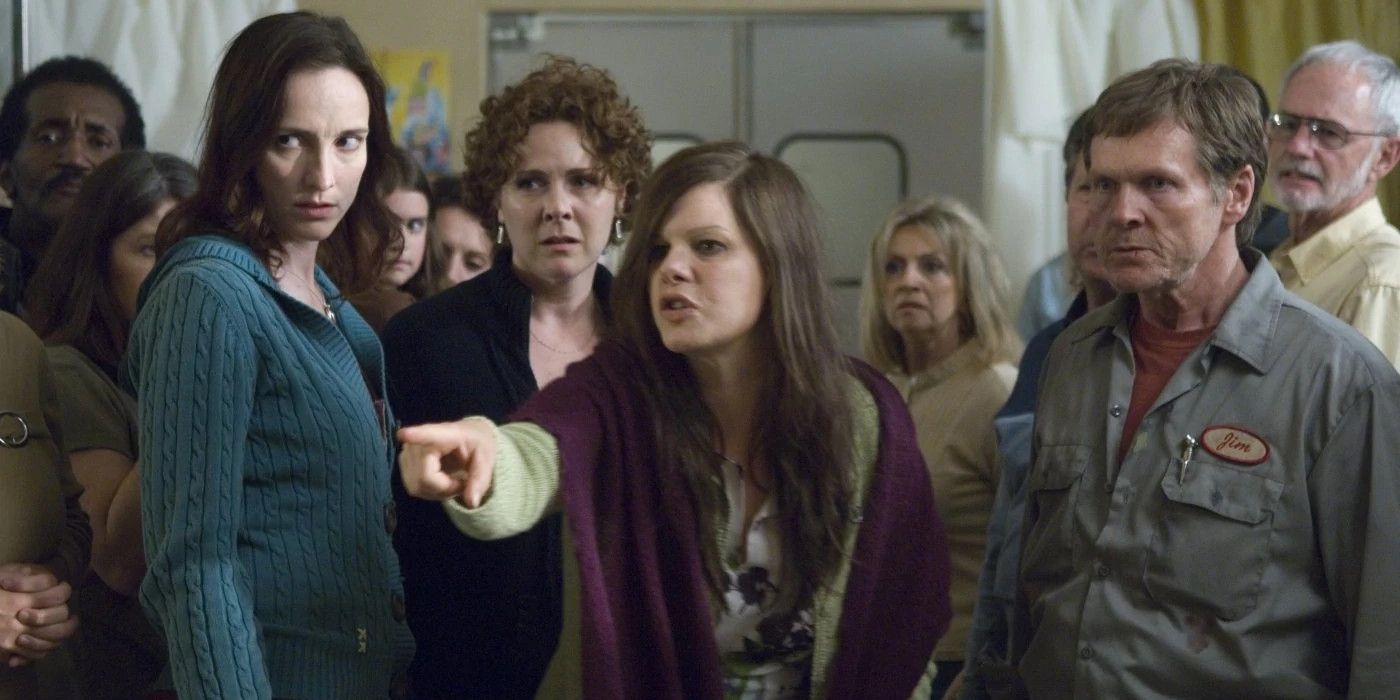
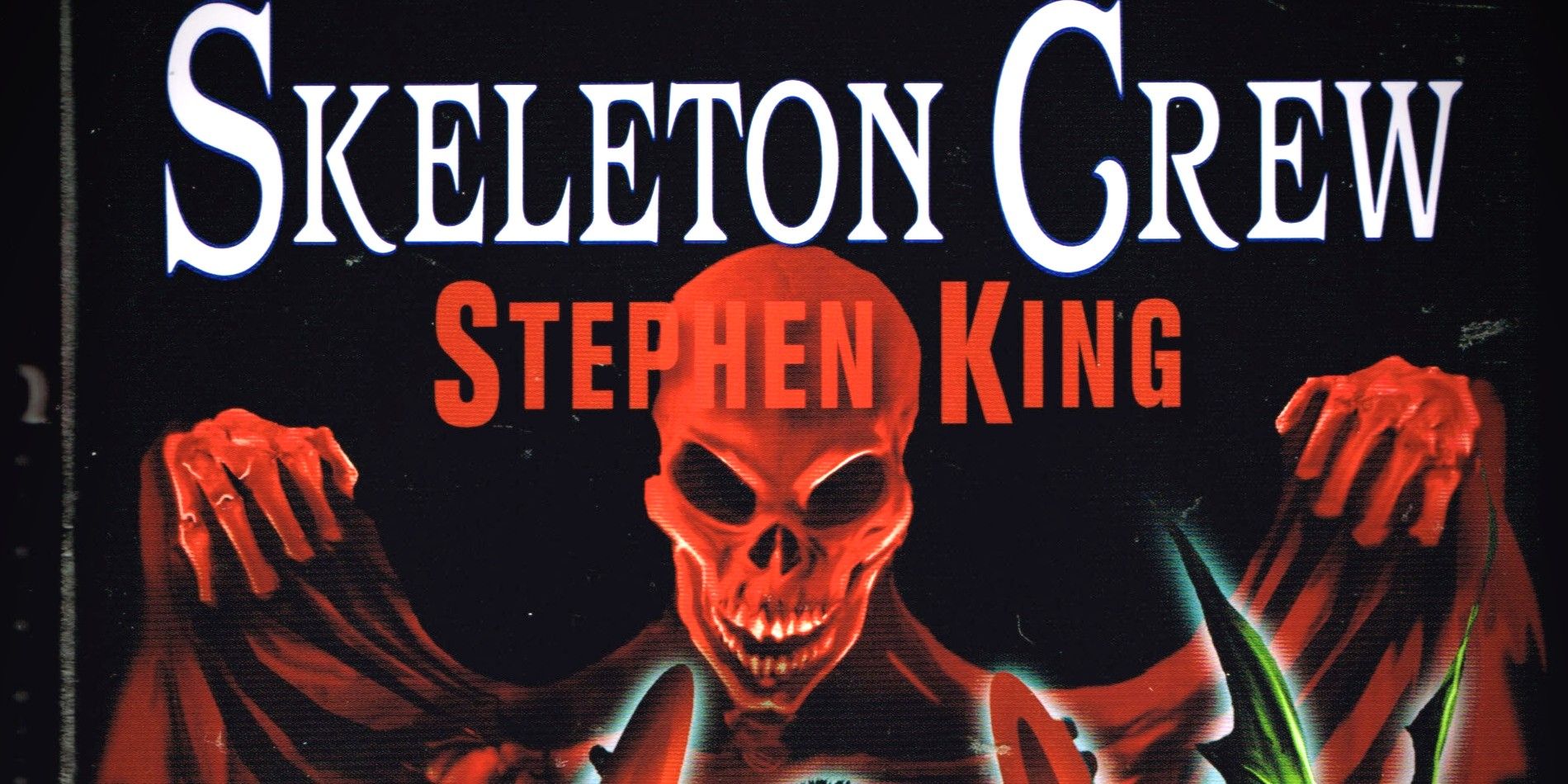
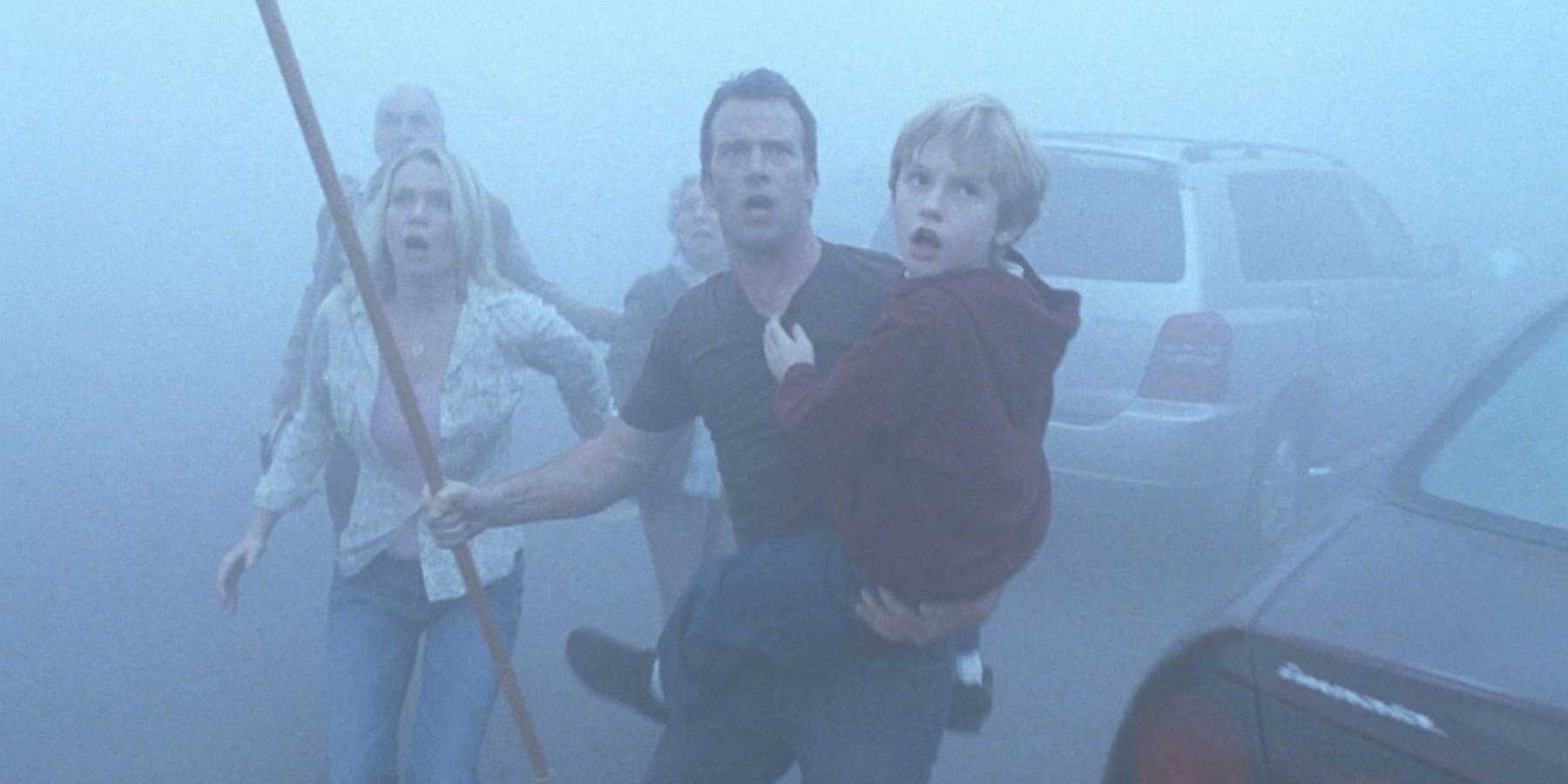
.png)
